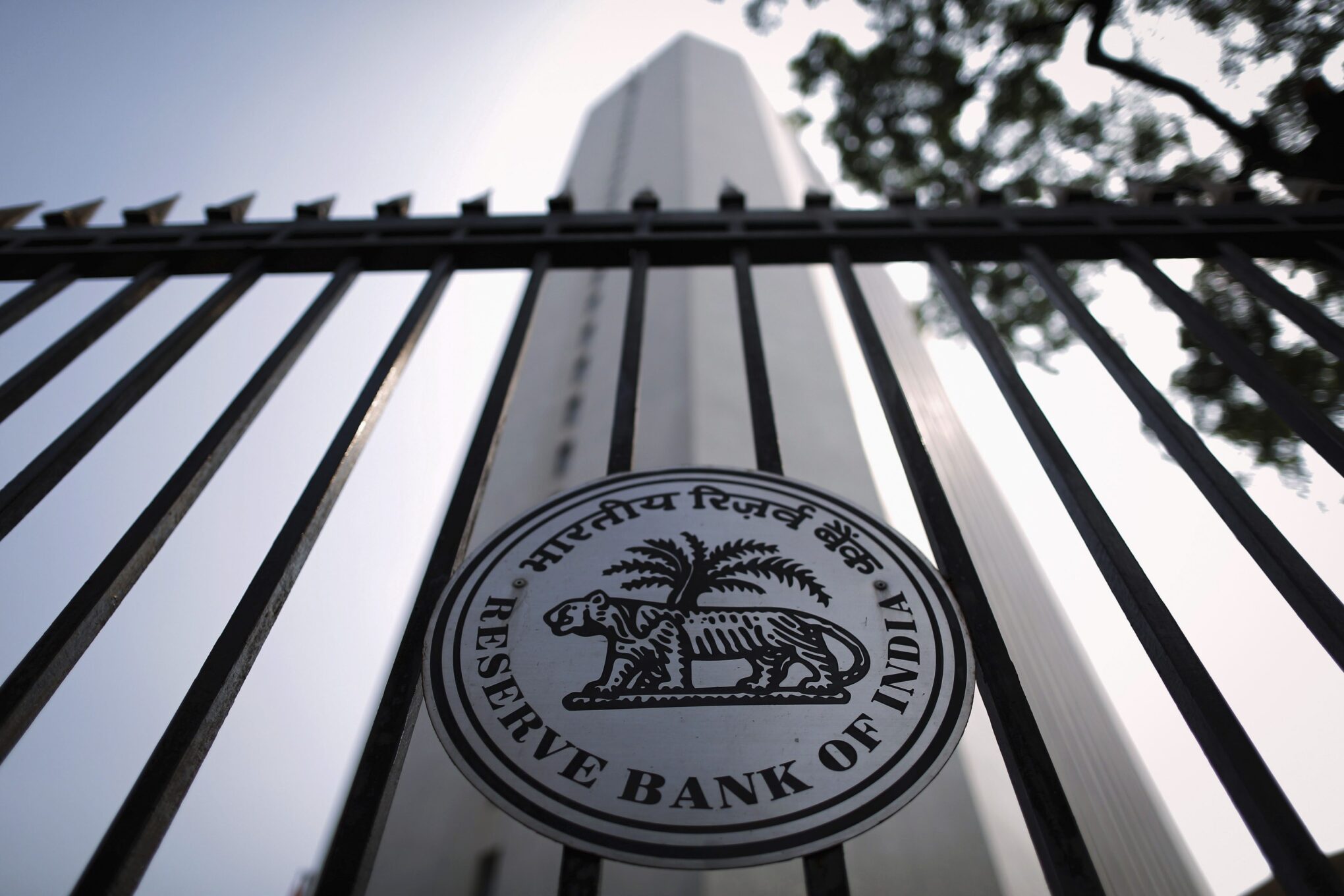A study released by the Reserve Bank of India says that the MSME sector was already decelerating at the end of 2016 when the government came out with the demonetisation plan, which led to a further decline. An analysis for Different Truths.
Micro, Small and Medium Enterprises in India have been suffering for the last four years due to the insensitivity of the Modi government. How much of it was intentional in favour of big corporate sector, and how much of it was the result of policy experiments is difficult to ascertain, but this much is certain that most of the 63 million units, employing 111 million people, are under great duress though showing signs of hope at the fag-end of Modi’s term.
A study released by the Reserve Bank of India says that the MSME sector was already decelerating at the end of 2016 when the government came out with the demonetisation plan, which led to a further decline. The study titled, ‘How have MSME Sector Credit and Exports Fared?’ authored by Harendra Behera and Garima Wahi, while mentioning the ill effects of demonetisation on credit flows to MSMEs, also refers to the implementation of GST from July 2017 that too adversely affected the sector, pushing it to a new low. Only in the recent quarters has the growth in credit to MSMEs recovered since the lows of late 2017 to reach the mid-2015 level.
If this is the position, the claim of the government of working for the benefit of the poor workforce engaged in the micro, small and medium enterprises must be wrong, both in terms of job generation and sustainable development of the MSME sector. It is surely not commendable for a government to make the financial lifeline dry up in its first four years and make some cosmetic changes to appease the people at the time of nearing general elections for claiming that “MSMEs, including loans by banks and non-banking financial companies (NBFCs) show a particularly healthy rate of growth in recent quarters. The expression ‘recent quarters’ is deceptive because the sector is still at the level of mid-2015, especially when the credit growth to MSME exports appear to be affected more by GST implementation vis-à-vis demonetisation.
The issue is too serious to be ignored because the MSME segment plays a crucial role in employment generation and contributes significantly to the overall economic activity. In India, the MSME sector constitutes not only the majority of the workforce, but also hast 30 per cent share in the overall GDP. This sector accounts for about 45 per cent of manufacturing output and around 40 per cent of total exports. Despite the government claim of helping such units, the sector faces operational problems due to its size and nature of business, making it relatively more susceptible to various shocks in the economy. MSMEs also largely operate in the informal sector and comprise a large number of micro enterprises and daily wage earners.
The study confirms demonetisation and GST as two major recent shocks for the sector. For instance, contractual labour in the apparel and gems and jewelllery sectors reportedly suffered as payments from employers became constrained after demonetisation. Similarly, the introduction of GST led to increase in compliance costs and other operating costs for MSMEs as most of them were brought into the tax net.
In a recent survey conducted by SMERA Ratings Ltd., more than 60 per cent of respondents felt that their systems were not ready for the new tax regime. A study by Small Industries Development Bank of India (SIDBI) indicates that post-demonetization and post-GST introduction, the relative credit exposure initially declined for most MSMEs but had recovered fully by March 2018. During demonetization, many smaller districts, which were witnessing higher growth, felt greater shock compared to larger centres.
Sectors such as manufacturing and construction were most affected by the implementation of GST and demonetisation; however, both are showing signs of improvement in recent months. Demonetisation and GST are expected to be positive in the long run with growth in digitisation, enhanced ease of doing business and creation of database of transactions, which would facilitate better access to finance and improve the medium and long term growth prospects of the sector. These structural reforms, however, might have disrupted the performance of MSMEs in the short run.
It is an open secret that our banks love to give more credit to big industries and businessmen. Even during the regime of this government, the MSMEs suffered the system’s bias against them. Due to lack of enough finance, the sector, despite its significant contribution to economic growth, faces several bottlenecks, inhibiting them from achieving their full potential. Moreover, this sector has been unable to access timely and adequate finance. There is another problem of the niche segments of this sector, where credit appraisal has remained a major challenge. According to International Finance Corporation (IFC) estimates, the potential demand for India’s MSME finance is about $ 370 billion as against the current credit supply of $ 139 billion, resulting in a finance gap of $ 230 billion (equivalent to 11 per cent of GDP) in comparison to a finance gap of $ 5.2 trillion (19 per cent of GDP) for the group of developing countries.
Getting finance from formal channels has always remained a difficult task for MSMEs because about 97 per cent of them operate in the informal sector. In value terms, the share of informal sector in gross output of MSMEs is about 34 per cent. The share of informal (unregistered) sector manufacturing MSMEs in total GDP is estimated at around 5 per cent. A large number of these firms depend on informal channels because of easy accessibility and availability of credit without documentation hassles and mortgages, even though the rate of interest on such loans may be very high. The challenges faced by MSMEs in accessing finance are due to lack of comprehensive formal documentation relating to accounts, income and business transactions. As a result, loans are provided to the MSMEs mainly through appraisal of their collaterals rather than assessing their true business potential. Further, banks do not trust start-ups, view such loans as risky and thus do not prefer extending finance to MSMEs. It is here that the government needed to improve the flagship programmes like ‘ease of doing business’ and ‘start-up’ schemes, but they largely remained ‘slogans’ and people are waiting for their coming into effective operation.
Gyan Pathak
©IPA Service
Photo from the Internet





 By
By

